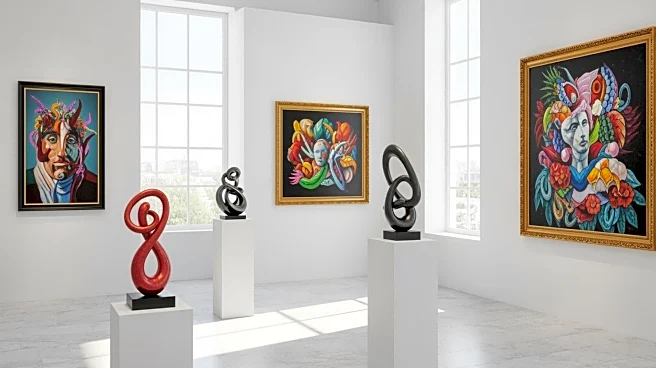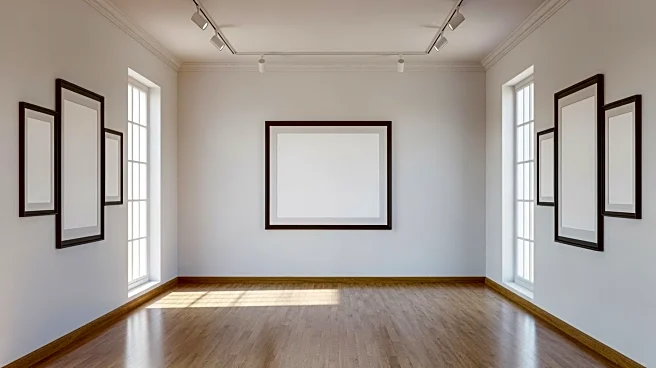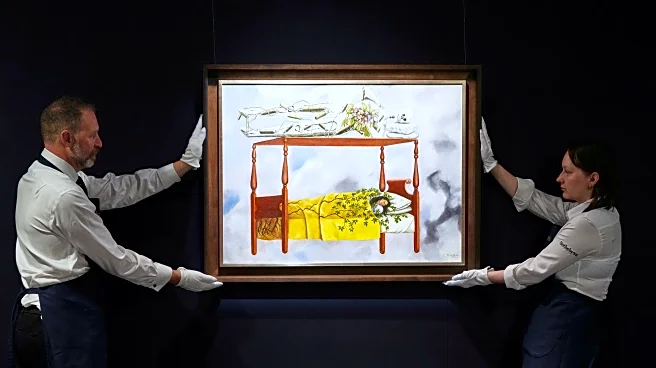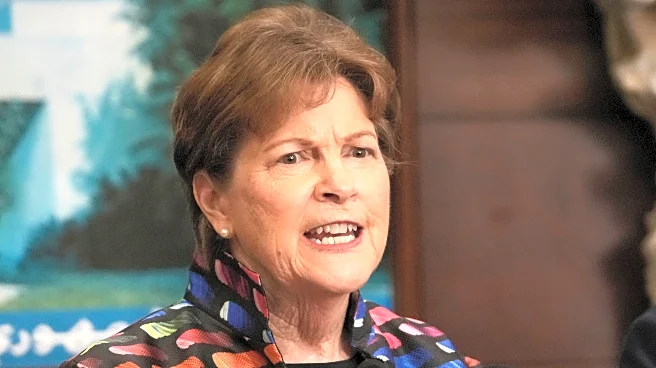What's Happening?
The art market has shown resilience amid macroeconomic uncertainty, with strong sales reported at various fall art fairs, including Art Basel Paris. Despite initial fears of a downturn, galleries experienced
successful sales, particularly at high-profile events. The market is gearing up for major auctions in New York, with work valued at approximately $800 million set to be sold. The art market's dynamics are complex, with different clusters exhibiting unique behaviors. Paris Art Week, anchored by Art Basel Paris, was notably successful, attracting collectors globally and reporting robust sales despite challenges such as the Louvre robbery and political instability.
Why It's Important?
The art market's performance during the fall fairs is significant as it reflects the sector's ability to withstand economic pressures. Strong sales at events like Art Basel Paris indicate continued interest and investment in art, particularly at the high end of the market. This resilience is crucial for galleries and artists, providing financial stability and encouraging further participation in the art world. The success of these fairs also highlights the importance of regionalization in the art market, with events increasingly catering to local audiences while maintaining international appeal.
Beyond the Headlines
The art market's regionalization trend suggests a shift in how galleries and collectors engage with art fairs. As global events become more localized, there may be increased opportunities for regional artists and galleries to gain visibility and success. This shift could lead to a more diverse and inclusive art market, with a broader range of voices and perspectives represented. Additionally, the focus on high-value works and core collectors underscores the changing dynamics of art investment, with fewer buyers targeting more expensive pieces.












